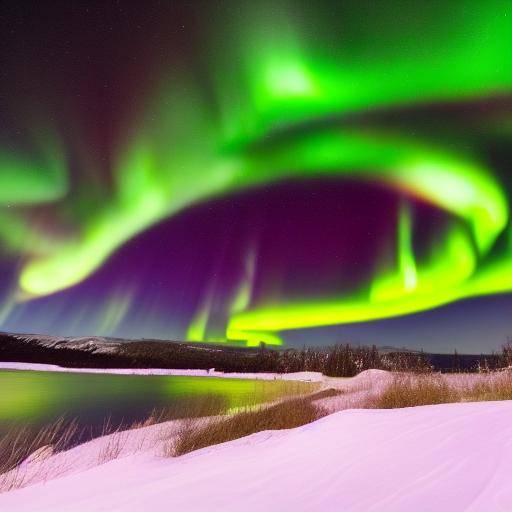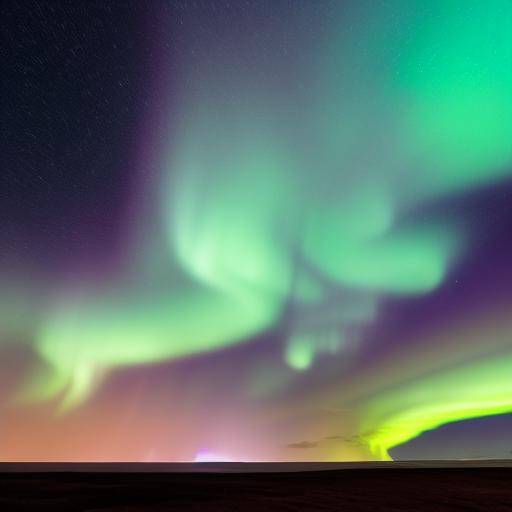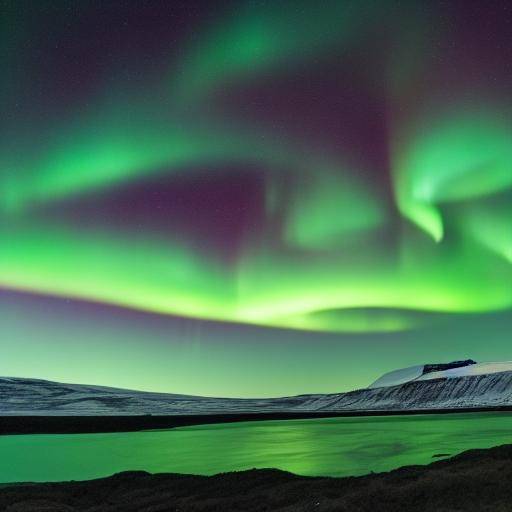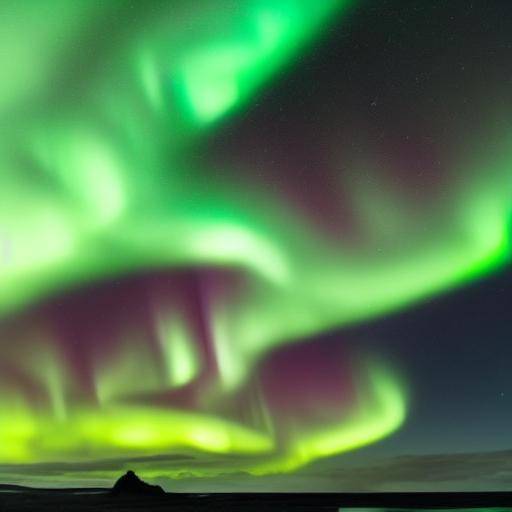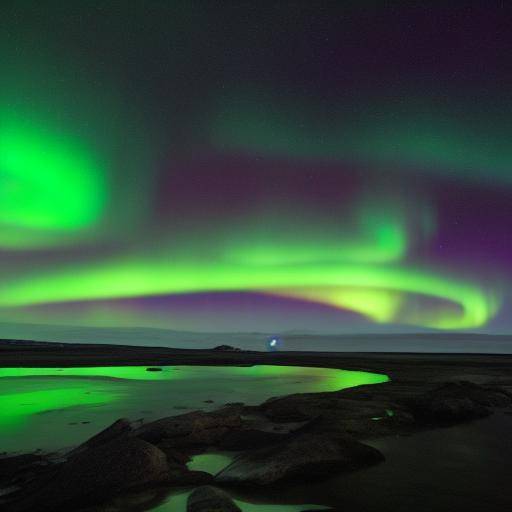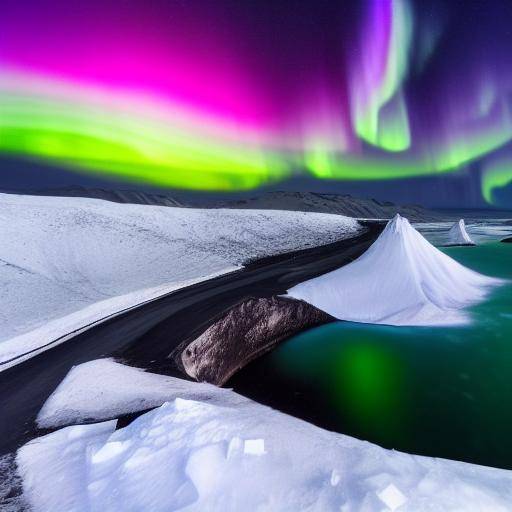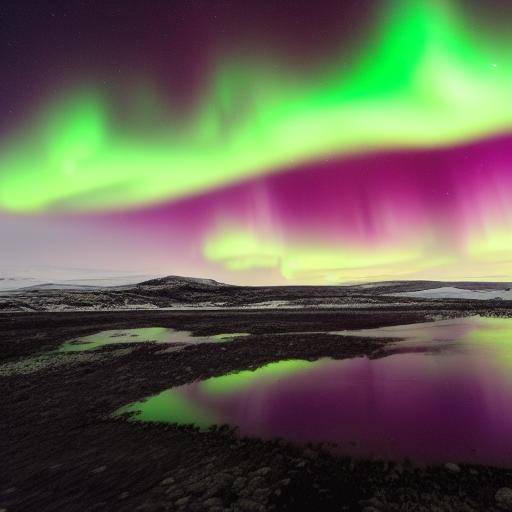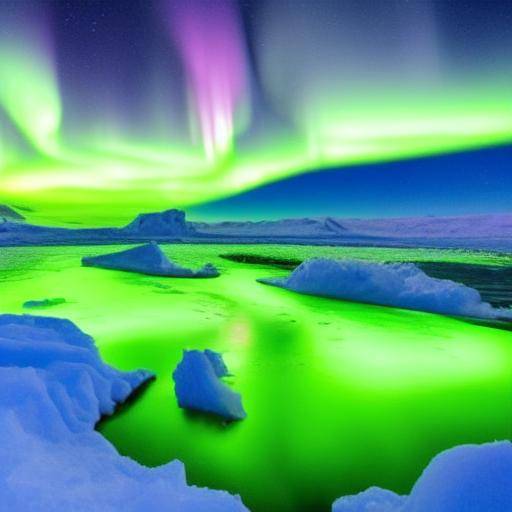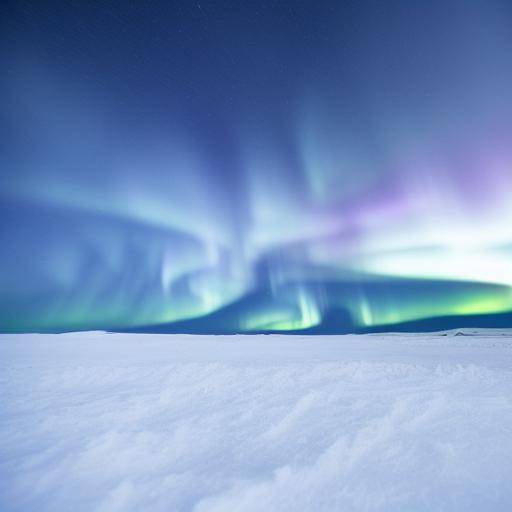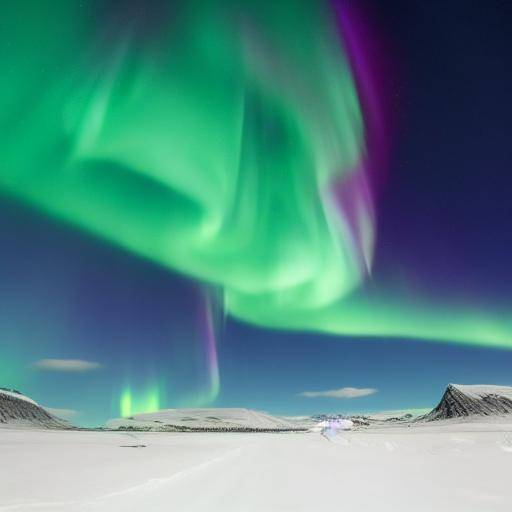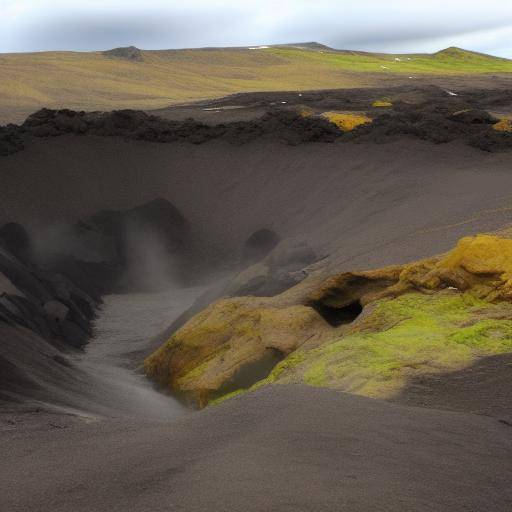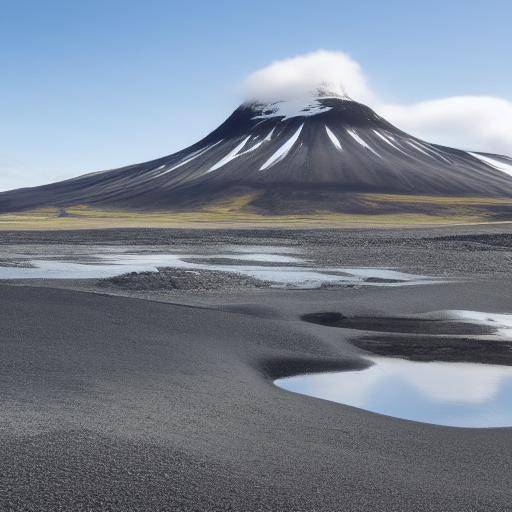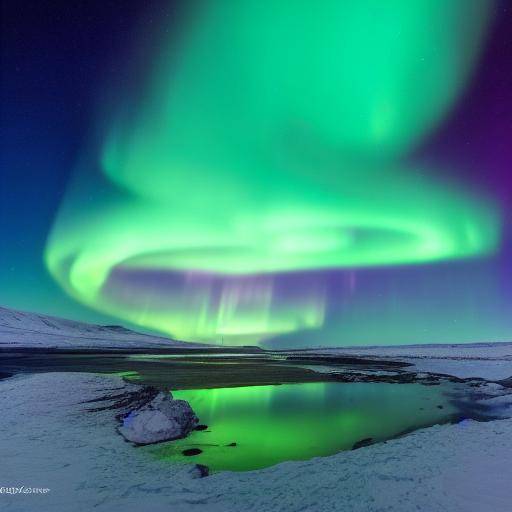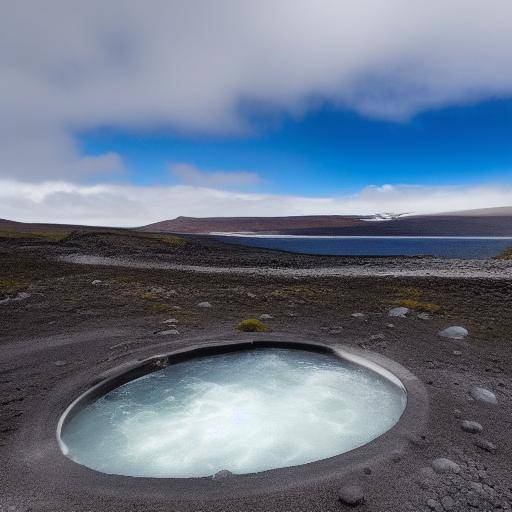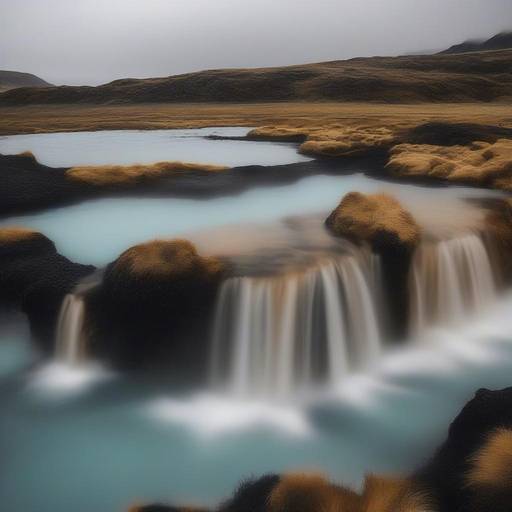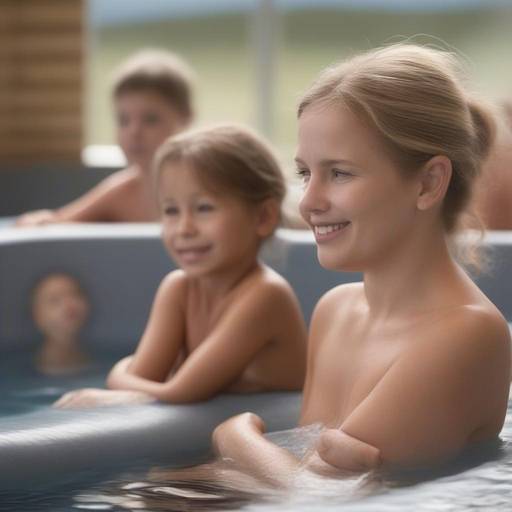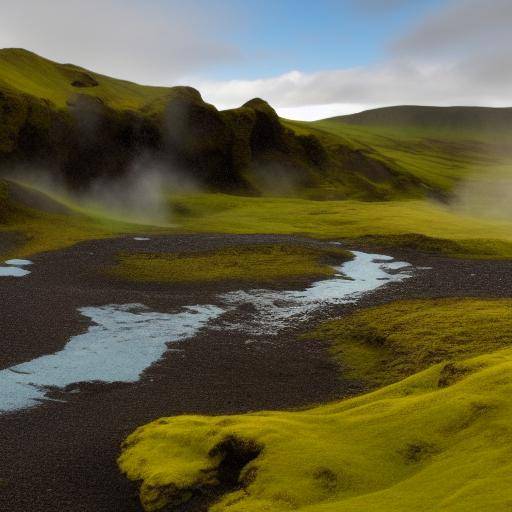
Introduction
Imagine dipping into crystal clear thermal waters, surrounded by the stunning natural beauty of Iceland, knowing that you are contributing to the conservation of the environment. This is possible thanks to sustainability in Iceland's thermal spas. In this article, we will explore the ecological and conservation practices that have made Icelandic thermal spas an outstanding example of ecotourism. We will discover its history, benefits, challenges, practical applications, comparisons with other tourist destinations and future trends. We will also provide practical advice, expert ideas and case studies so that readers can fully understand the importance of this topic and enjoy these spaces in a responsible way.
History and Background
Origins and Development
Iceland's thermal spas have a rich history dating back centuries. Since the time of the Vikings, these thermal waters have been valued for their healing and relaxing properties. Over time, these thermal sources have become a pillar of Icelandic culture, attracting both locals and tourists in search of well-being and connection with nature.
Evolution and Modernization
The evolution of the thermal spas in Iceland has been surprising. From simple natural pozas to luxurious wellness complexes, these facilities have managed to combine tradition with innovation. Today, they have positioned themselves as benchmark destinations for sustainable tourism worldwide, highlighting their use of renewable energy and their commitment to environmental conservation.
Analysis in Deep
Ecological practices
The thermal spas not only offer relaxing experiences, but also represent a model of sustainability and respect for the environment. Some of the ecological practices implemented include:
- Use of Geothermal Energy: Taking advantage of one of the most abundant and clean energy sources in Iceland, spas use geothermal energy to heat their facilities and thermal waters.
- Responsible Water Management: Implementation of water recycling and purification systems to minimize waste and protect natural sources.
- Waste reduction: Strict waste management policies, including recycling and composting, to reduce environmental impact.
- Sustainable construction: Use of eco-friendly materials and architectural design that minimizes the alteration of the natural environment.
Challenges and Solutions
Despite their sustainable efforts, thermal spas face challenges such as waste management and the balance between the preservation of the natural environment and tourism development. Some solutions include:
- Advanced Filtration Technology: To ensure that the water used is purified and reused efficiently.
- Education and Awareness: Educational programs for tourists on sustainable practices and environmental impact.
- Collaboration with Local Communities: To involve communities in the conservation and economic benefits of sustainable tourism.
Comprehensive review
Best Practices and Success Cases
Iceland's thermal spas have been recognized for their ability to provide unique experiences to their visitors in a sustainable way. Examples include:
- Blue Lagoon: Known worldwide, this spa uses mineral-rich geothermal water and has implemented a rigorous sustainability program that includes efficient resource management and the promotion of local biodiversity.
- Mývatn Nature Baths: This spa stands out for its harmonious integration with the natural landscape and its exclusive use of geothermal energy.
Comparison with Other Destinations
By comparing Iceland's thermal spas to other tourist destinations, there are several differences and similarities in terms of sustainability and conservation of the environment. For example:
- Japan: Japanese onsen also use natural thermal sources, but vary in their approaches to sustainability and resource management.
- New Zealand: Similar to Iceland, New Zealand has a strong presence of geothermal spas that focus on sustainability, although with different cultural and technological practices.
Comparative analysis
Ecotourism in Iceland
Iceland has consolidated itself as a leader in ecotourism, integrating sustainability in its thermal spa offering. The combination of ecological practices, environmental education and government support policies has enabled Iceland to highlight the provision of tourism experiences that respect and preserve the environment.
Fortresses of Iceland
- Abundant Natural Resources: Access to natural resources such as geothermal energy and thermal waters.
- Government Support Policies: Government regulations and support that promote sustainability and conservation.
- Environmental awareness: A high level of environmental awareness among citizens and tourist companies.
Practical Tips and Recommendations
For those who want to enjoy Iceland's thermal spas responsibly, here are some practical tips:
- Investigate Before Go: Know the sustainable practices of the spa you plan to visit.
- Respects Local Standards: Follow the spa rules and regulations to help keep the environment clean and safe.
- Minimize your Carbon Footprint: Opt by means of ecological transport and limit the use of single-use plastics.
- Participates in Educational Programs: Take advantage of the sustainable and conservation learning opportunities offered by spas.
Conclusion
Final Reflections
Iceland's thermal spas not only offer a haven of relaxation and well-being, but also represent a deep commitment to sustainability and environmental conservation. Through innovative ecological practices and an approach to environmental education, these spas have become models to follow in sustainable tourism.
Impact and Future
The future of Iceland's thermal spas seems promising, with a continuous focus on innovation and sustainability. With the support of government policies and the active participation of local communities, Iceland is well positioned to continue to lead the path in ecotourism and conservation.
Frequently asked questions
Question 1: What makes Iceland's thermal spas sustainable?Answer: The use of geothermal energy, responsible water management, waste reduction and sustainable construction.
Question 2: How can I contribute to sustainability by visiting a thermal spa in Iceland?Answer: Respecting local standards, minimizing the use of plastics and participating in educational programs.
Question 3: What is the best time of the year to visit the thermal spas in Iceland?Answer: Spring and autumn offer an ideal combination of good weather and less tourists.
Question 4: What thermal spas in Iceland are known for their sustainable practices?Answer: Blue Lagoon and Mývatn Nature Baths are outstanding examples of their sustainable practices.
Question 5: What difference does Iceland's thermal spas differ from other tourist destinations?Answer: Its extensive use of geothermal energy, sustainability policies and strong integration with the natural environment.
Question 6: Are there any educational programs available in Iceland's thermal spas?Answer: Yes, many spas offer programs and educational activities on sustainability and conservation.
Exploring Iceland's thermal spas is an experience that combines luxury, relaxation and a genuine commitment to sustainability. We hope that this article will inspire you to enjoy these natural wonders in a responsible and conscious way!

